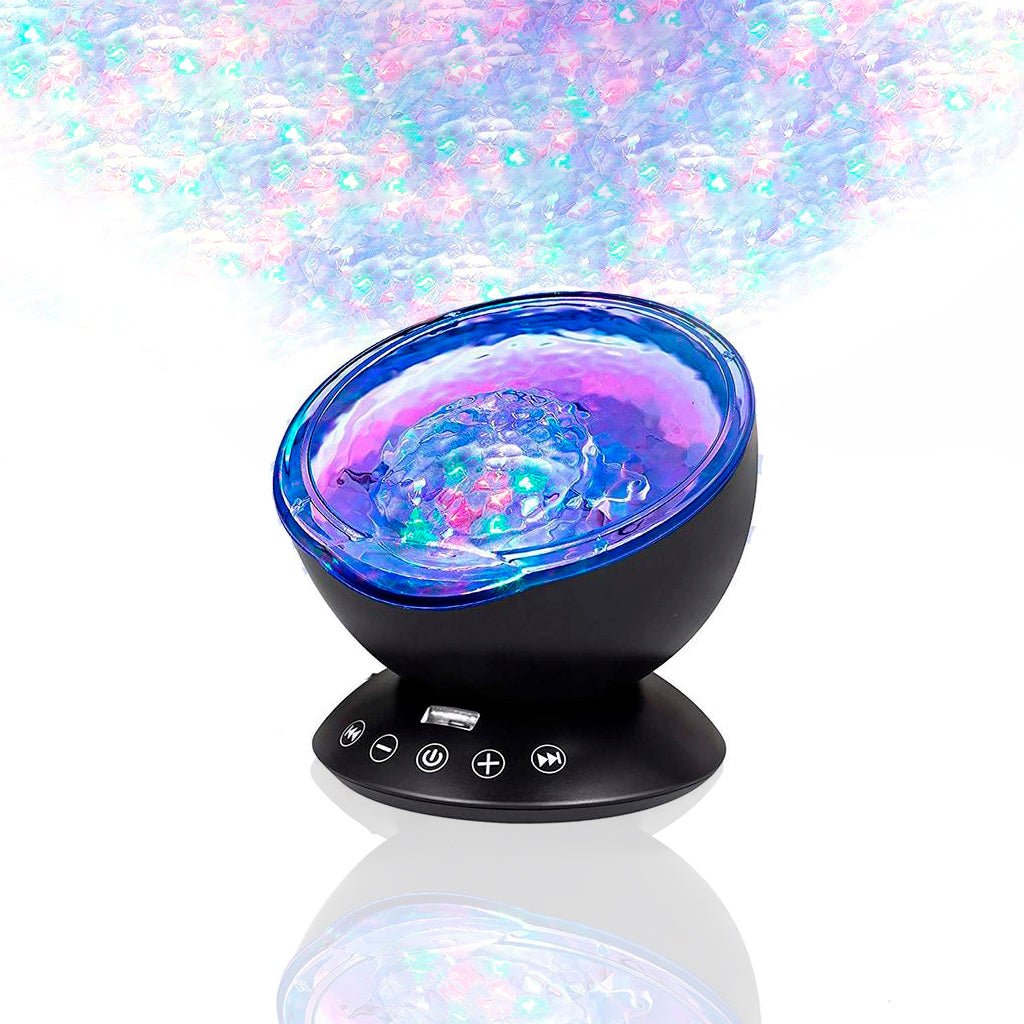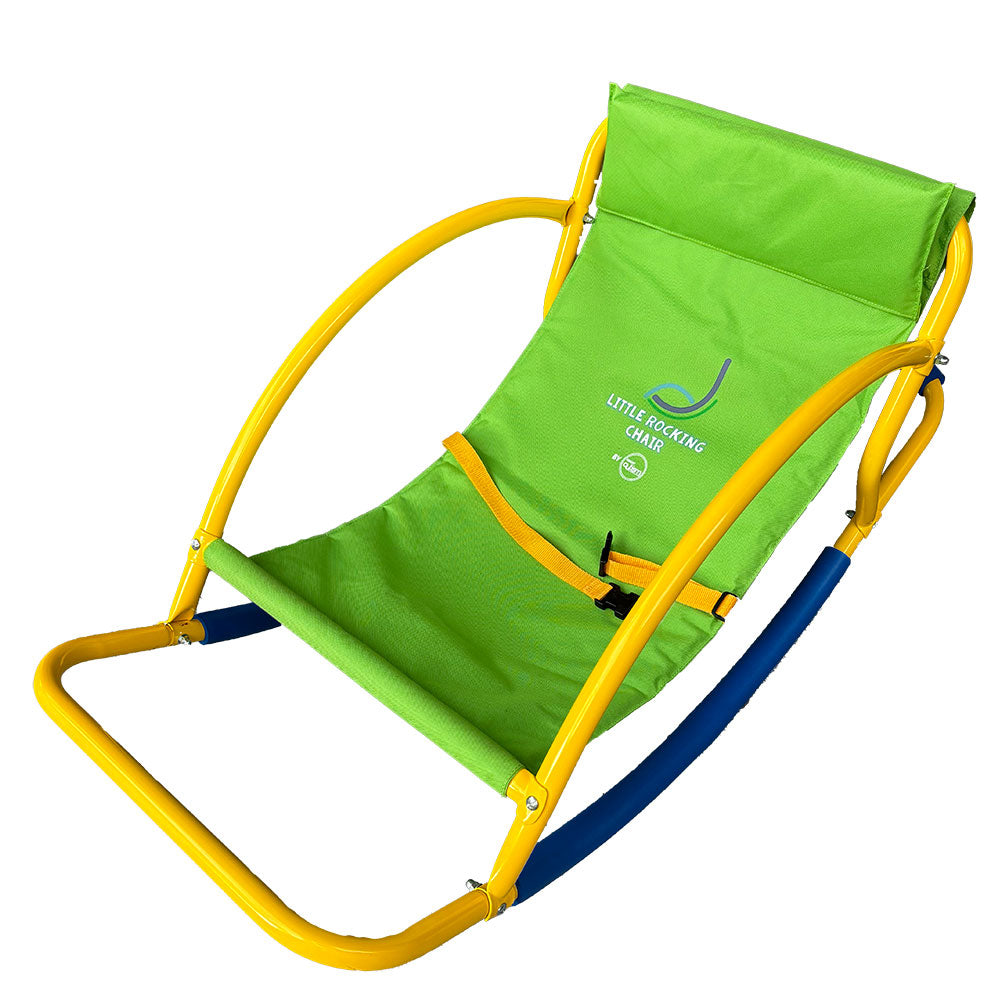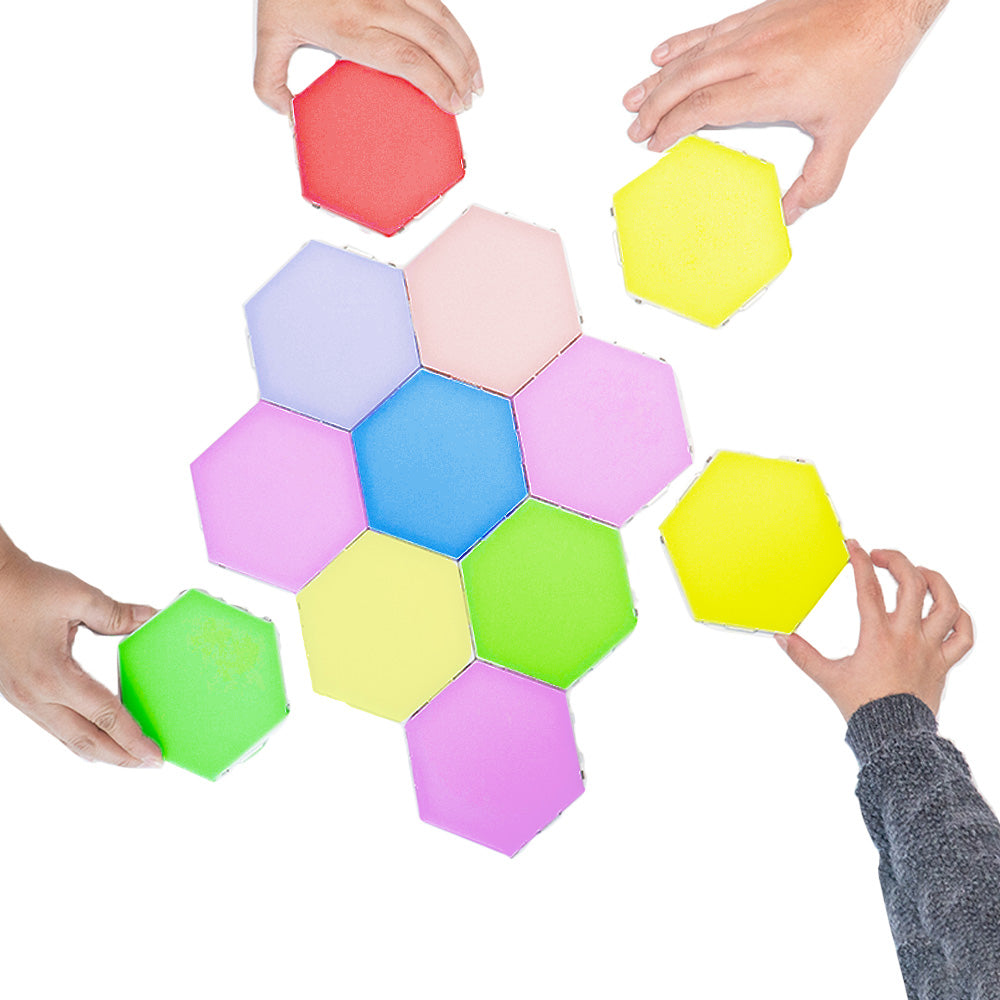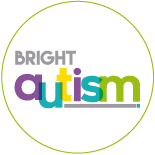
Autism is a spectrum disorder, meaning that there are multiple types of autism spectrum disorder (ASD). While the spectrum can vary widely from child to child, there are multiple classifications. If you’re interested in understanding autism spectrum disorder, it’s important that you’re aware of each diagnosis and its corresponding symptoms. The severity of ASD is classified in DSM-5 levels from Level 1 ASD (mild) to Level 5 ASD (severe).
1. Asperger’s Syndrome
Classified as a Level 1, Asperger’s is the mildest form of autism, and children with Asperger’s syndrome tend to be high-functioning. Kids with Asperger’s may have difficulty with social situations, although they generally develop language skills as quickly as children who aren’t on the ASD spectrum. They may also experience sensory difficulties. Symptoms may be difficult to notice at a young age, but they usually become more recognizable as the child gets older.
2. Childhood Disintegrative Disorder (CDD)
CDD is a severe form of late-onset autism, meaning it occurs regressively later in life than other types of autism spectrum disorder. It’s classified as a Level 3, which means children with CDD are low-functioning. Typically, children develop CDD around age three, and they may be non-verbal and struggle with social situations and motor skills. The regression can occur very quickly, so it’s important to speak with a professional if you believe your child is exhibiting symptoms of CDD.
3. Pervasive Developmental Disorder Not Otherwise Specified (PDD-NOS)

PDD-NOS is the classification that’s typically used when a child shows signs of being on the autism spectrum, but can’t be classified into a specific type. Usually, the child will display mild signs of autism without covering the full scope of the disorder, making it one of the more mild types of autism spectrum disorder. Symptoms usually involve difficulties with language and/or social situations, repetitive behaviors and they may be evident even in infancy.
4. Rett Syndrome
Understanding autism spectrum disorder can be difficult, and some disorders that aren’t actually classified as ASD may resemble autism. Rett syndrome is a genetic disorder that mainly affects girls. While it was once included on the DSM-5 scale of autism classification due to similarities in symptoms, it has been removed. Kids with Rett syndrome usually experience symptoms that may resemble autism symptoms, including difficulty communicating, seizures, irritability, abnormal hand and/or eye movements, and more.
Contact a Professional for a Early Diagnosis
Those are the main different forms of autism, but every child is unique. If you believe your child may have a form of ASD, it’s important that you speak with a professional who can provide an accurate diagnosis and guidance on how to proceed in the most sustainable way possible. The earlier the signs are detected, the quicker you can act to make sure your child does not face too many difficulties when growing up. Here at Bright Autism, we provide you with the autism products and information resources that help you be an effective parent and bring serenity to your home. Contact us if you have any questions, and shop with confidence today.











5 comments
Is autism curable?
My nephew, he is 19 years old now, and he has a difficulty of communicating and he suddenly dropped in the floor and hurt himself..what am I going to do this kind of behavior..he has having seizure also .
Please I need a better understanding of autism. Help me to love, care, and make time for children with autism.
Please help me understand autism better to educate myself on children with autism and be able to love, care and help those in need with autism.
Please help me understand autism better to educate myself on children with autism and be able to love, care and help those in need with autism.
Leave a comment